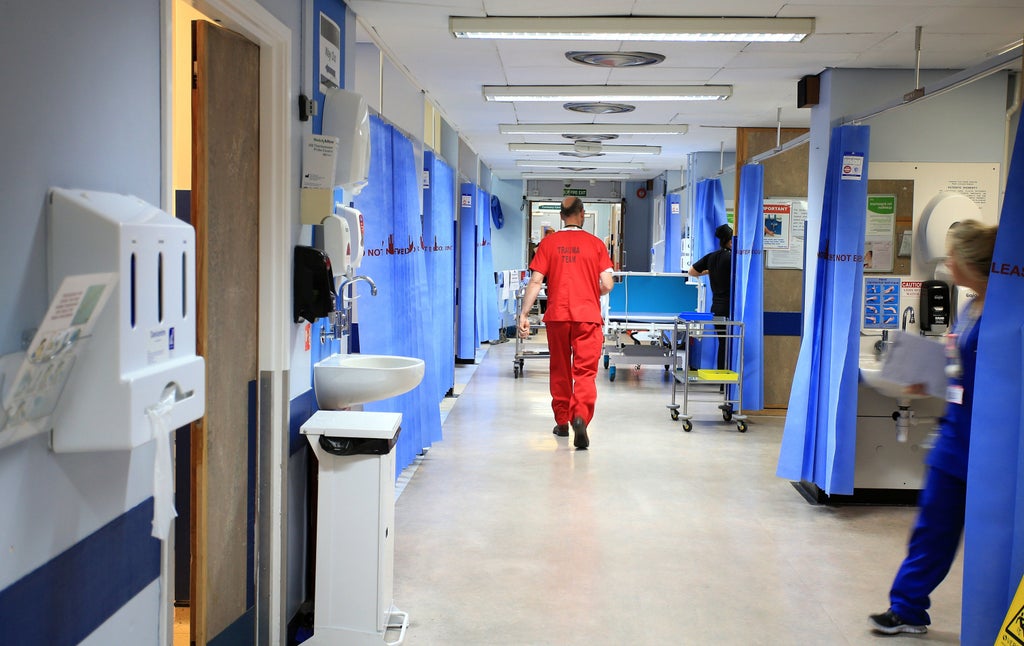
Here are the key figures from the latest data on the performance of the NHS in England:
– Overall waiting list
The number of people in England waiting to start routine hospital treatment has risen to a new high.
A total of 6.4 million people were waiting to start treatment at the end of March 2022, according to NHS England figures. This is up from 6.2 million in February and is the highest number since records began in August 2007.
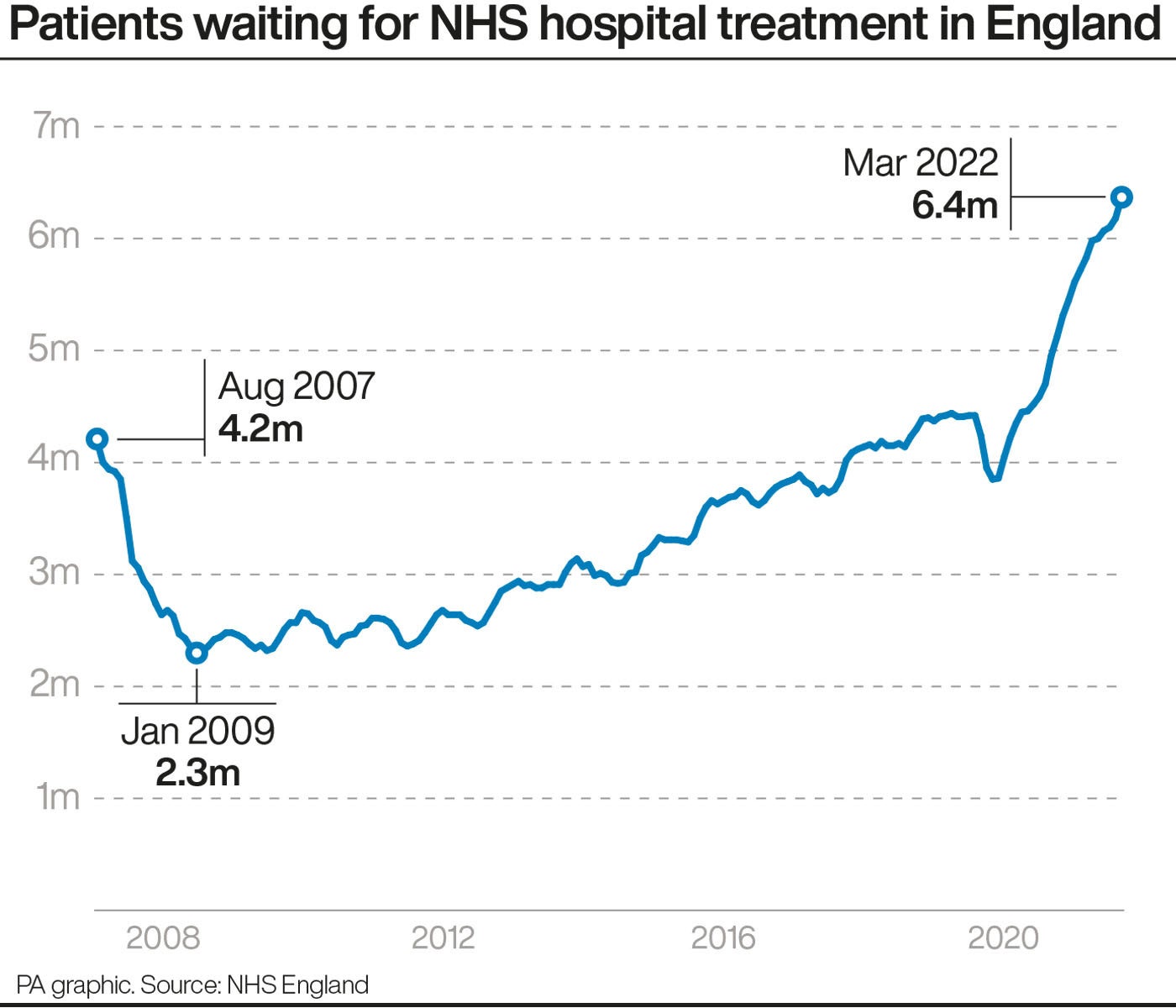
– Waits of more than two years
There were 16,796 people waiting more than two years to start treatment at the end of March.
This is down from 23,281 at the end of February but is more than six times the 2,608 people who were waiting longer than two years in April 2021.
The Government and NHS England have set the ambition to eliminate all waits of more than two years, except when it is the patient’s choice, by July 2022.
– Waits of more than a year
The number of people having to wait longer than 52 weeks to start hospital treatment in England was 306,286 in March, up from 299,478 the previous month.
The Government and NHS England have set the ambition of eliminating all waits of more than a year by March 2025.
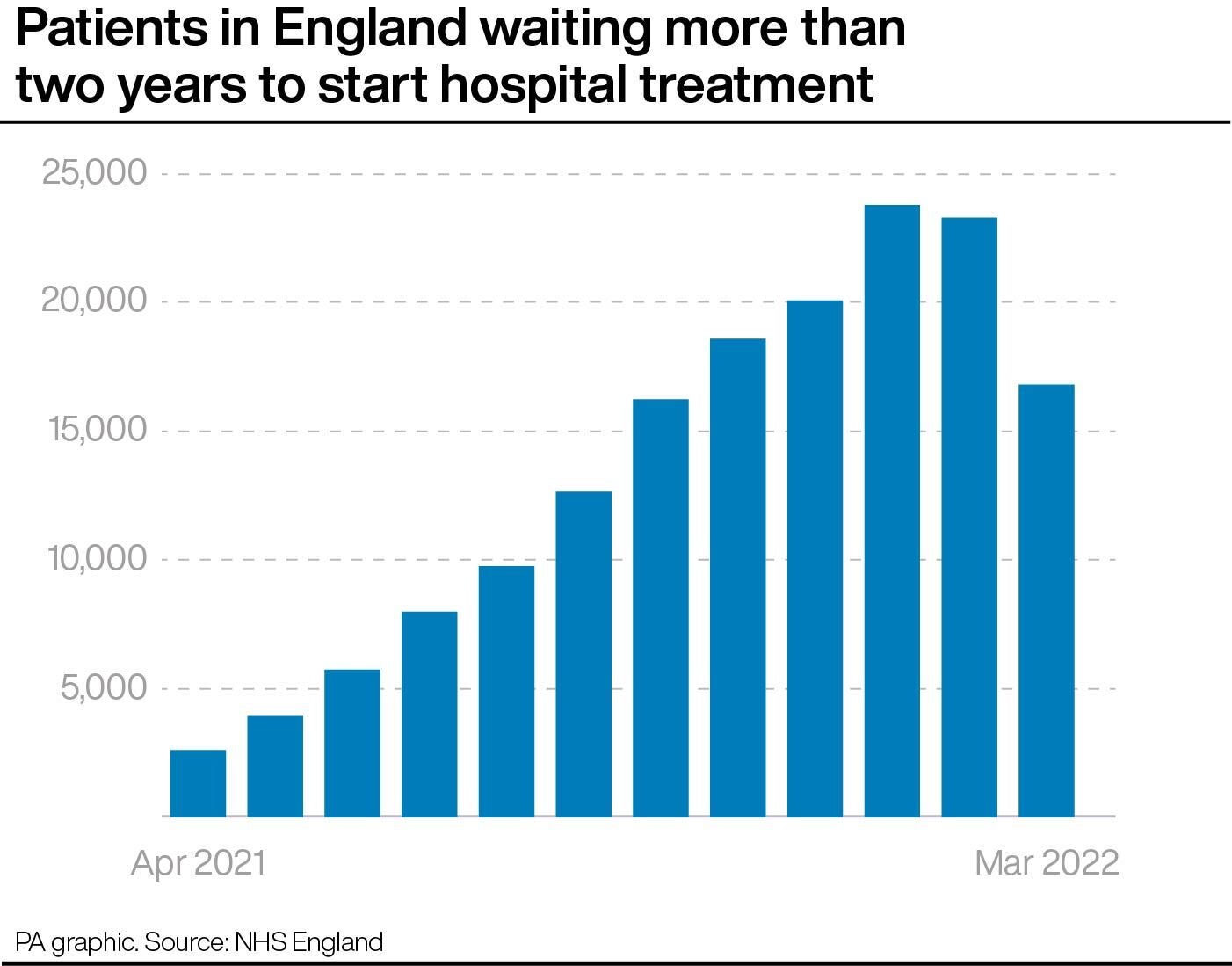
– Hospital admissions
The number of people admitted for routine treatment in hospitals in England in March was 282,545 – up 28% from a year earlier (220,349), although this reflects lower-than-usual figures for March 2021, which were affected by the Covid-19 pandemic.
The equivalent figure for March 2019, a non-pandemic year, was 305,356.
– A&E waits
A record 24,138 people had to wait more than 12 hours in A&E departments in England in April from a decision to admit to actually being admitted.
The figure is up from 22,506 in March and is the highest for any calendar month in records going back to August 2010.
A total of 131,905 people waited at least four hours from the decision to admit to admission in April, down from 136,298 in March.
Meanwhile, 72.3% of patients in England were seen within four hours at A&Es last month, the second lowest percentage in records going back to November 2010.
The operational standard states that at least 95% of patients attending A&E should be admitted, transferred or discharged within four hours, but this has not been met nationally since 2015.
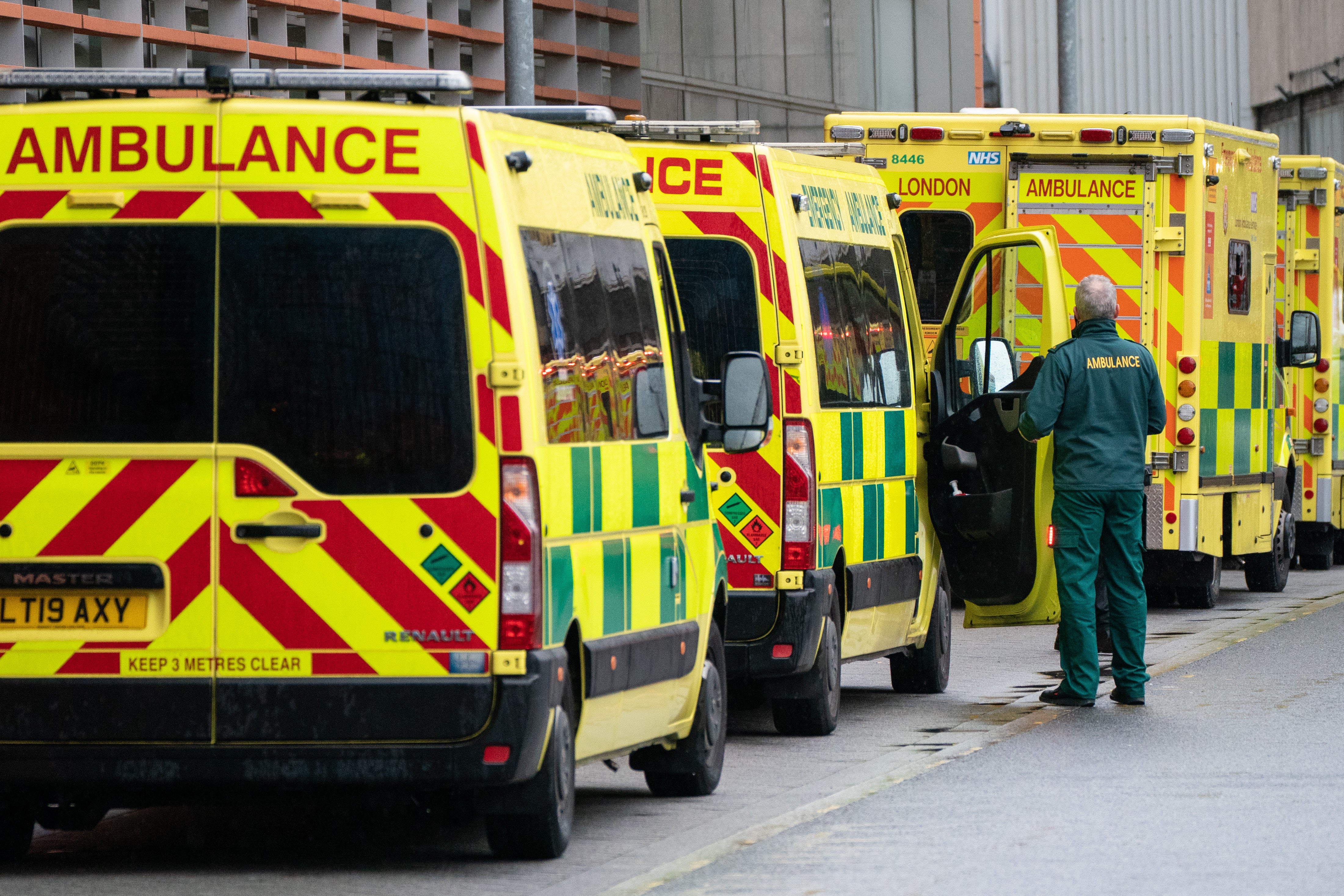
– Ambulance response times
The average response time last month for ambulances in England dealing with the most urgent incidents – defined as calls from people with life-threatening illnesses or injuries – was nine minutes and two seconds.
This is down from nine minutes and 35 seconds in March, which was the longest average since current records began in August 2017.
Ambulances took an average of 51 minutes and 22 seconds last month to respond to emergency calls such as burns, epilepsy and strokes.
This is down from one hour, one minute and three seconds in March, which was the longest time on record for this category of call-outs.
Response times for urgent calls – such as late stages of labour, non-severe burns and diabetes – averaged two hours, 38 minutes and 41 seconds.
This is down from a record three hours, 28 minutes and 13 seconds in March.
– Cancer referrals
Some 253,796 urgent cancer referrals were made by GPs in England in March, the highest number in records going back to October 2009.
This is up 9% from 232,136 in the same month last year, while the equivalent figure for March 2019, a non-pandemic year, was 198,418.
The proportion of patients in England seeing a specialist within two weeks was 81%, the same as the previous month, while 73% of patients urgently referred for suspected cancer in England in March were diagnosed or had cancer ruled out within 28 days.
Data for this measure only goes back to April 2021, so there are no comparable figures for March 2021.
The elective recovery plan sets a goal of 75% of patients who have been urgently referred by their GP for suspected cancer to be diagnosed or have cancer ruled out within 28 days by March 2024.
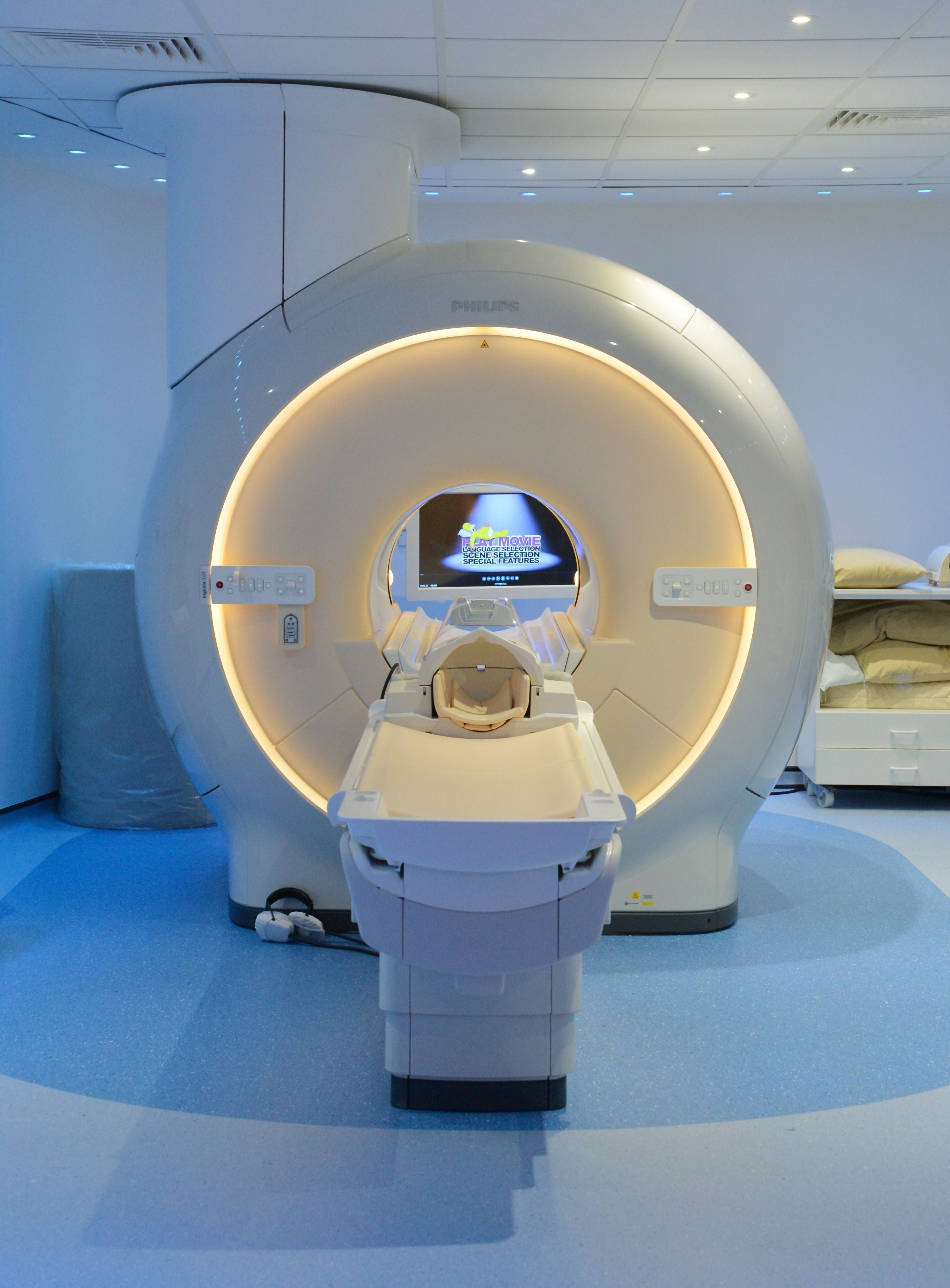
– Diagnostic tests
Nearly 400,000 people in England were waiting more than six weeks for a key diagnostic test in March.
Some 389,855 patients – 25% of the total – were waiting longer than six weeks for one of 15 standard tests, including an MRI scan, non-obstetric ultrasound or gastroscopy.
The equivalent number in March 2021 was 305,061 (24% of the total), while in March 2020 there were 85,749 (10%).
The elective recovery plan sets the ambition that 95% of patients needing a diagnostic test receive it within six weeks by March 2025.







